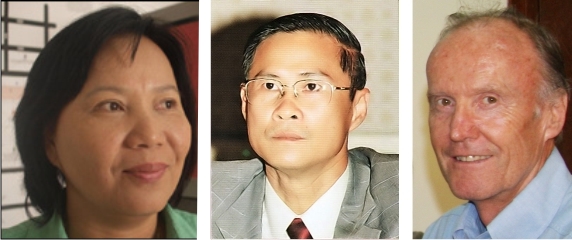AMNESTY INTERNATIONAL
Public Statement
Index: ASA 23/004/2011
Date: 8 June 2011
UN-Cambodia Court: Excessive secrecy, exclusion and fears of inappropriate interference
Amnesty International is gravely concerned that the Extraordinary Chambers in the Courts of Cambodia (ECCC) are moving towards dismissing the cases against additional suspects, amid an atmosphere of excessive and unnecessary secrecy, disciplinary measures jeopardising prosecutors’ independence and reports of political intervention.
As a result, there is an increased risk of undermining the ECCC’s core mission, which is to provide justice to victims of the Khmer Rouge and to the people of Cambodia as a whole, and to leave behind a legacy of respect for the rule of law.
Amnesty International calls upon the ECCC to adopt rules, policies and practices which ensure transparency, accessibility – in particular to victims, vigorous pursuit of investigations and prosecutions, and a firm rejection of any inappropriate or unwarranted interference with the judicial process.
On 29 April 2011 the Co-Investigating Judges announced the conclusion of their investigation into Case 003 apparently without having made use of any of the substantial investigative tools at their disposal.
They did not demonstrate that their decision followed a comprehensive and rigorous investigation, as required by the Court’s Internal Rules and by international standards.
They did not:
- summon and question suspects, charged persons, victims or witnesses;
- seize any exhibits;
- conduct on-site visits;
- seek expert opinions; or
- seek information and assistance from any state, the UN or NGOs.
This unreasonable approach sits uncomfortably close to the expressed wishes of Cambodian political leaders not to see any further prosecutions, and to end ECCC trials once Cases 001 and 002 have been concluded.
Moreover, it did not satisfy even the minimum requirements under international law and standards on the investigation of serious human rights violations, of a prompt, thorough, independent and impartial investigation.












